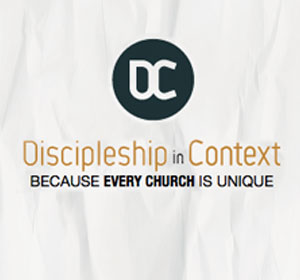
How to Create a Content Calendar and Engage More People in Your Church
One of the best ways to connect with your church throughout the week is with social media. Statistically, over half of your congregation will spend some portion of their week actively engaged on Facebook, Twitter, and blogs.
But connecting with your audience through social media requires consistent and compelling content. And not just any content. Your content must be emotional, intelligent, shareable and intentional. But developing content that is both creative and inspiring takes dedicated time and resources, as well as a considerable amount of effort on your part.
The best way to create emotional and inspiring content is by developing a Publishing Schedule. Developing a publishing schedule helps you plan, produce and publish compelling content that clearly articulates the vision of your church.
Without one, your content quickly becomes redundant, outdated, and unnecessary, and you end up with content no one cares about.
In my research, I found a formula created by Russell Sparkman of Fusionspark Media, used to develop a publishing schedule. The formula is 1-7-30-4-2-1.
I am adapting the formula to 1-7-30 for the sake of simplicity.
Here is a breakdown of the formula:
1 = Daily, 7 = Weekly, 30 = Monthly
This formula determines what content you will publish daily, weekly, monthly, quarterly. Keep in mind that whatever content you publish must reinforce and advance a Big Idea or theme.
1 = Daily
- Twitter Tweets (3-5 Times)
- Facebook Updates (2-4 Times)
- Respond to Twitter, Facebook and Blog Comments
7 = Weekly
- Blog Posts (2-3 Times)
- Short Video (1 Time)
- Update and Edit Website Pages (1 Time)
30 = Monthly
- ENewsletter
- Video Interview
- EBook
This formula might appear overwhelming at first glance. Maybe you’re thinking, “There’s no way I can accomplish all of this!” But start where you are, keeping in mind your resources and your target audience.
Content Ideas –
- Devotional eBook Series – Write, design and send eBooks on spiritual subject matter or a book of the Bible
- Short Videos – Interview staff members on why they love their role or brief updates from the Senior Pastor
- Blog Posts – Select a theme and write a series of blog posts. Write posts on event highlights, life-change stories, sermon notes, book recommendations, devotionals, etc.
- eNewsletter – Switch up layout and flow of eNewsletter and give the reader value with free downloads, resources, etc.
Remember, your key messages are too important not to communicate them consistently, concisely, and with incredible clarity. Social media is a valuable tool for communicating the mission and vision of your church.

Tags: Attention, Awareness, Brand, Social Media, Tim Peters




























